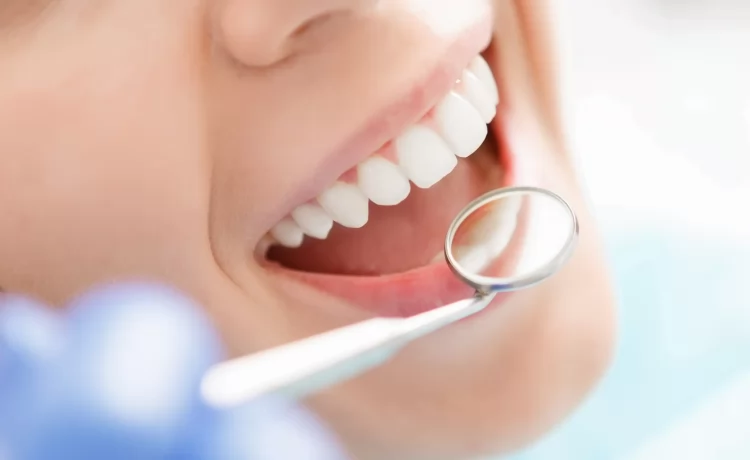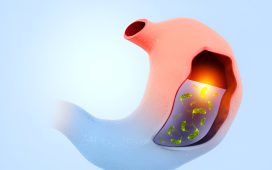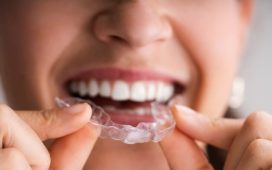Consider that your dentist or dental hygienist has discovered tooth decay or other oral damage that requires restoration. You are likely curious about the type of restoration your tooth will receive after the damage is repaired. While the term “fillings” is sometimes used loosely to refer to tooth restoration, several dental restoration types are accessible. These include dental fillings, inlays, and onlays.
You may have concerns regarding your options, such as, “What is a dental inlay?” What distinguishes it from a dental onlay? And what treatment will my dentist recommend for my particular form of dental damage? Let us examine why a dental inlay might be appropriate for you and how it varies from other forms of tooth restoration. San Diego family and cosmetic dentistry can help.
What Is an Inlay?
A dental inlay is a filling custom-fitted into a tooth’s cavities. It is typically used as a restorative treatment for cavities (also known as dental caries) that are located in the center of a tooth rather than along the exterior edges or “cusps.” Typically, these cavities have not progressed to a more advanced stage of tooth caries.
The placement of a dental inlay is a relatively pain-free and straightforward procedure. Your dentist will numb the afflicted area of your mouth with an anesthetic that is localized before drilling into the decayed tooth to remove it. Once the tooth has been thoroughly cleaned, your dentist will take a mold of the top crevice and transmit it to a lab. Inlays are typically made of porcelain or composite resin that matches the pigment of the tooth. They provide nearly undetectable dental restoration and are typically more durable than traditional fillings.
When to Select an Inlay?
Injuries can still occur even if you adhere to a rigorous oral hygiene regimen and have regular dental exams. Your dentist might suggest an inlay if your biting surface meets the following criteria:
- Teeth that are broken, fractured, or decayed but do not affect the cusps.
- The extent of the injury necessitates a substantial dental filling, which could weaken the remainder of the structure.
- The level of damage does not permit the removal of sufficient tooth structure to support the placement of a crown.
Inlay Procedure Aftercare
The first 48 hours following the procedure are crucial for your inlay’s effects to be long-lasting. Avoid foods and beverages with extreme temperatures and foods that are sticky or rigid. A few days of soft, simple nourishment will give your mouth an easy respite. You may experience numbness or pain for one or two days after your procedure. Once this passes, do not hesitate to resume your normal oral hygiene regimen!







